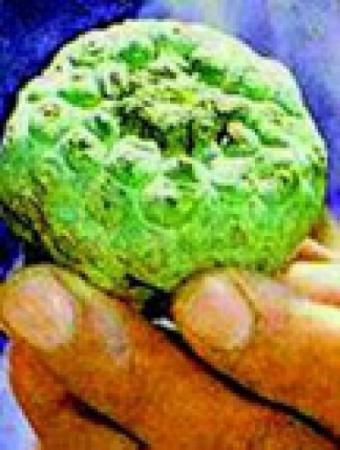Peyote & Mescaline
Peyote is a small, spineless cactus, Lophophora williamsii, whose principal active ingredient is the hallucinogen mescaline (3, 4, 5-trimethoxyphenethylamine). From earliest recorded time, peyote has been used by natives in northern Mexico and the southwestern United States as a part of their religious rites.
The top of the cactus above ground--also referred to as the crown--consists of disc-shaped buttons that are cut from the roots and dried. These buttons are generally chewed or soaked in water to produce an intoxicating liquid. The hallucinogenic dose of mescaline is about 0.3 to 0.5 grams and lasts about 12 hours. While peyote produced rich visual hallucinations that were important to the Native American peyote users, the full spectrum of effects served as a chemically induced model of mental illness. Mescaline can be extracted from peyote or produced synthetically. Both peyote and mescaline are listed in the CSA as Schedule I hallucinogens.
Many chemical variations of mescaline and amphetamine have been synthesized for their "feel good" effects. 4-Methyl-2,5-dimethoxyamphetamine (DOM) was introduced into the San Francisco drug scene in the late 1960s and was nicknamed STP; an acronym for "Serenity, Tranquility, and Peace."


